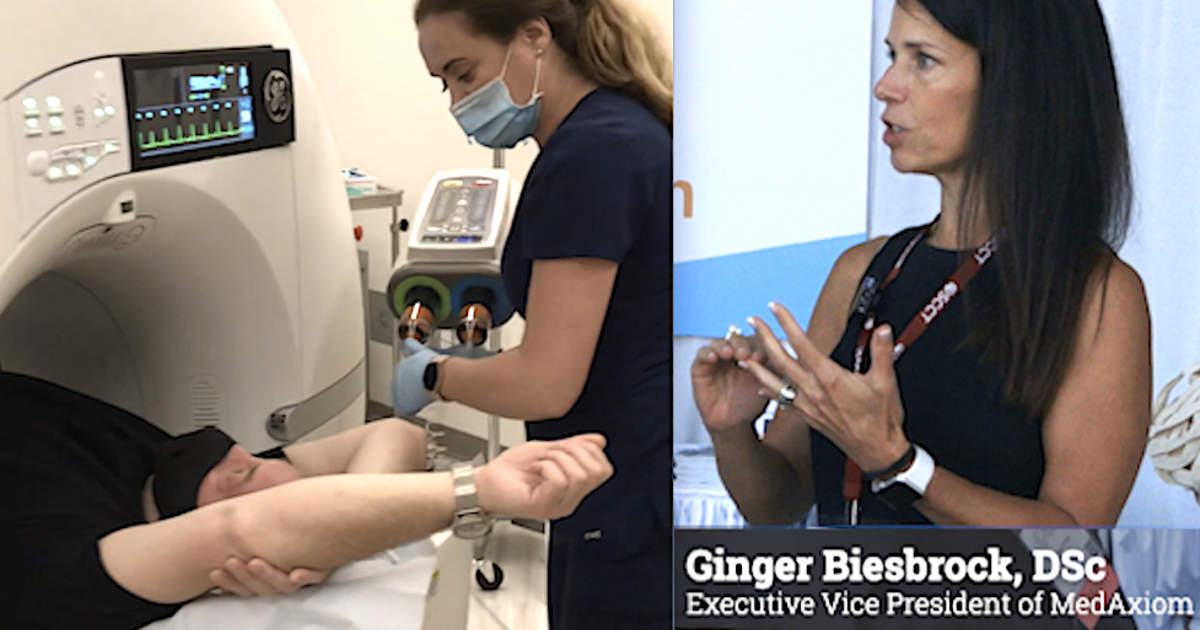Cardiovascular
Cardiac CT’s financial impact on the cardiovascular service line
CT is not replacing other cardiac imaging modalities
One significant finding from MedAxiom’s research was that cardiac CT did not replace other imaging modalities, but instead complemented them. It expanded the capacity to care for a broader patient population, enabling rapid diagnosis and earlier intervention. This approach resulted in increased patient throughput, as exemplified by the development of rapid chest pain pathway programs that diverted patients away from emergency departments and into cardiology practices.
“What they really found is that adding CT and using it appropriately increase their capacity to take care of a larger population of patients,” Biesbrock said.
She pointed to examples of two healthcare systems that are early adopters of outpatient, dedicated cardiac CT programs. They developed a rapid chest pain evaluation pathway at clinics within their cardiology practice using CT, rather than the usual presentation to an emergency department.
“So when you really look at those organizations, that took a very deliberate approach to utilizing CT and CTA in their programs. What they found was it was actual incremental growth, versus taking away from existing imaging modalities that were already in use. It allowed them to expand their capacity to take care of a larger, broader patient population than what they did prior,” she said.
This trend was also found at nearly 20 other healthcare systems that are high-volume users of CTA.
“They really did not have a drop in their echo, stress echo or SPECT studies. What they had was a transition to patients for those studies that were more appropriate while using CT for that early diagnosis in those lower-acuity patients. Just as we see recommended in the guidelines,” Biesbrock explained.
Reimbursement concerns with cardiac CT
Despite cardiac CT receiving a class 1A recommendation in the 2021 ACC/AHA chest pain guidelines, there has not been a significant increase in reimbursement rates. However, organizations that embraced cardiac CT and operate higher-volume programs were able to offset lower reimbursement through those increased patient volumes, making it a financially viable option, Biesbrock said.
“Unfortunately, we haven’t seen a big increase in CTA reimbursement … but this is what’s happening with programs with fairly high volumes through their CT: In a day they can take one CT camera and scan as many as 12 patients. If you apply that to your stress echo program or your SPECT program, that’s almost twice as many patients as you’d be able to get through in a single camera for those other modalities,” she explained.
Although the reimbursement is less, MedAxiom feels the value of CTA is significant, and therefore reimbursement should match that value.
Biesbrock emphasized the importance of choosing the right test for the right patient, which could also lead to higher reimbursement rates as patients receive more appropriate care by following the established recommendations.
Arguments for adopting a wider use of CTA
From a C-suite perspective, the return on investment (ROI) for implementing cardiac CT includes several benefits. Cardiac CT makes patient care more efficient by aiding in the identification of patients who require cath lab procedures. It has been associated with a higher rate of percutaneous coronary intervention (PCI) cases, reducing the need for diagnostic catheterizations. This optimized use of cath labs leads to higher revenue generation, Biesbrock said.
Additionally, organizations that heavily utilize cardiac CT have higher revascularization rates. By identifying patients earlier and performing elective PCI procedures, she said the focus shifts from urgent, unstable cases to stable patients, resulting in cost savings and improved patient outcomes.
Overall, MedAxiom’s research highlights the financial advantages of integrating cardiac CT into the cardiovascular service line, demonstrating how it positively impacts patient care, cath lab utilization and hospital operations. The data suggests that, despite the initial costs of implementing cardiac CT, the long-term benefits far outweigh the investment.

